Summary
Markhor Conservation A Look at the Distribution and Population of Pakistan’s National Treasure
Pakistan’s National Treasure Markhor, also known as the “snake eater,” is a large wild goat found in Pakistan, as well as in surrounding countries like Afghanistan, India, and China. With its impressive spiral horns, the Markhor is a symbol of national pride for Pakistan and is even depicted on the Pakistani rupee coin. The conservation of Markhor is vital for the preservation of Pakistan’s unique biodiversity and cultural heritage.
Markhor are found in the mountainous regions of Pakistan, including the Himalayas, the Karakoram range, and the Hindu Kush. They are known for their shaggy coats, which can be black, brown, or gray, and their distinctive spiral horns, which can grow up to 1.5 meters in length. The Markhor is also known for its agility and sure-footedness, which allows it to navigate steep and rocky terrain.
Near Threatened Species
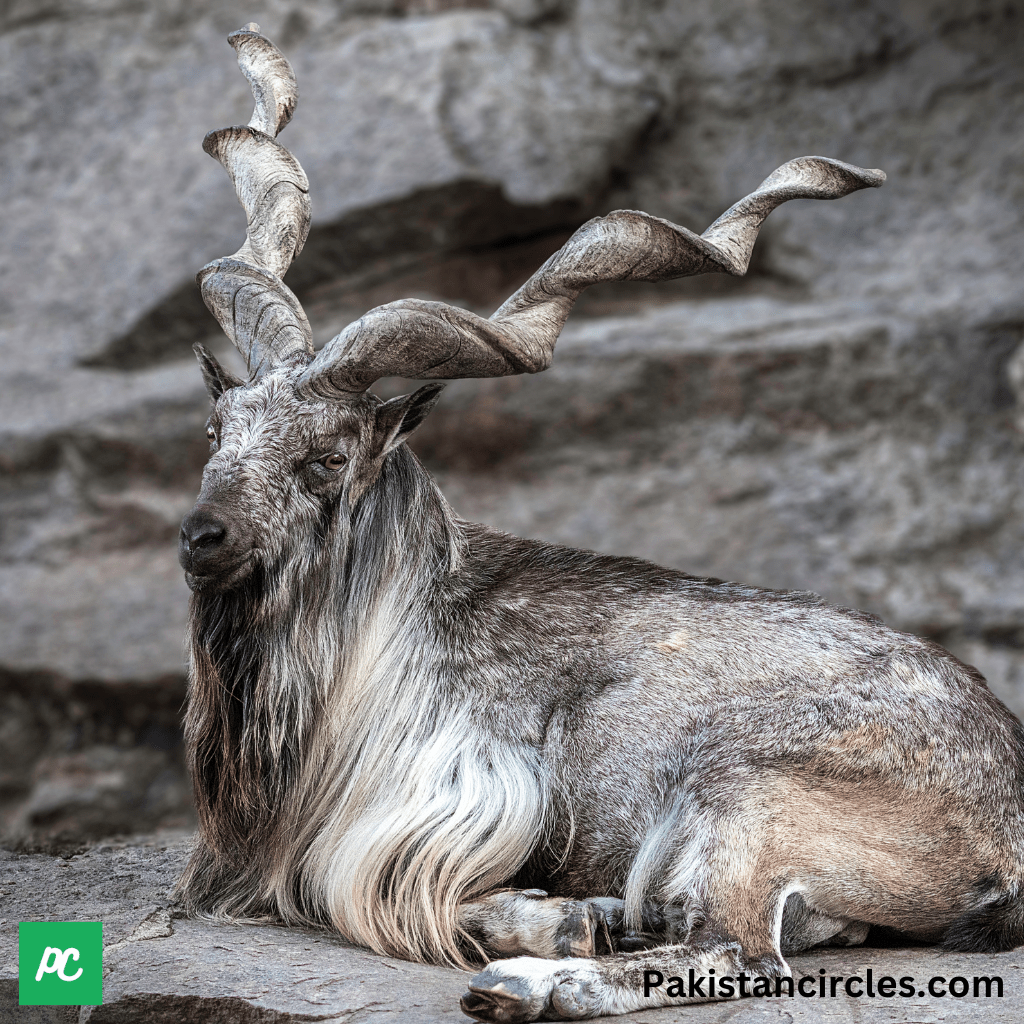
Unfortunately, the Markhor is currently listed as a “near threatened” species by the International Union for Conservation of Nature (IUCN) due to hunting and habitat loss. Conservation efforts have been put in place by government agencies and local communities in order to protect the Markhor and its habitat. One of the most effective conservation methods is the implementation of sustainable hunting practices, which allows local communities to harvest Markhor in a controlled and sustainable manner, while also providing them with an income. Eco-tourism also plays a big role as it allows visitors to see these beautiful creatures in their natural habitats and also helps to fund conservation efforts.
Distribution of Markhor
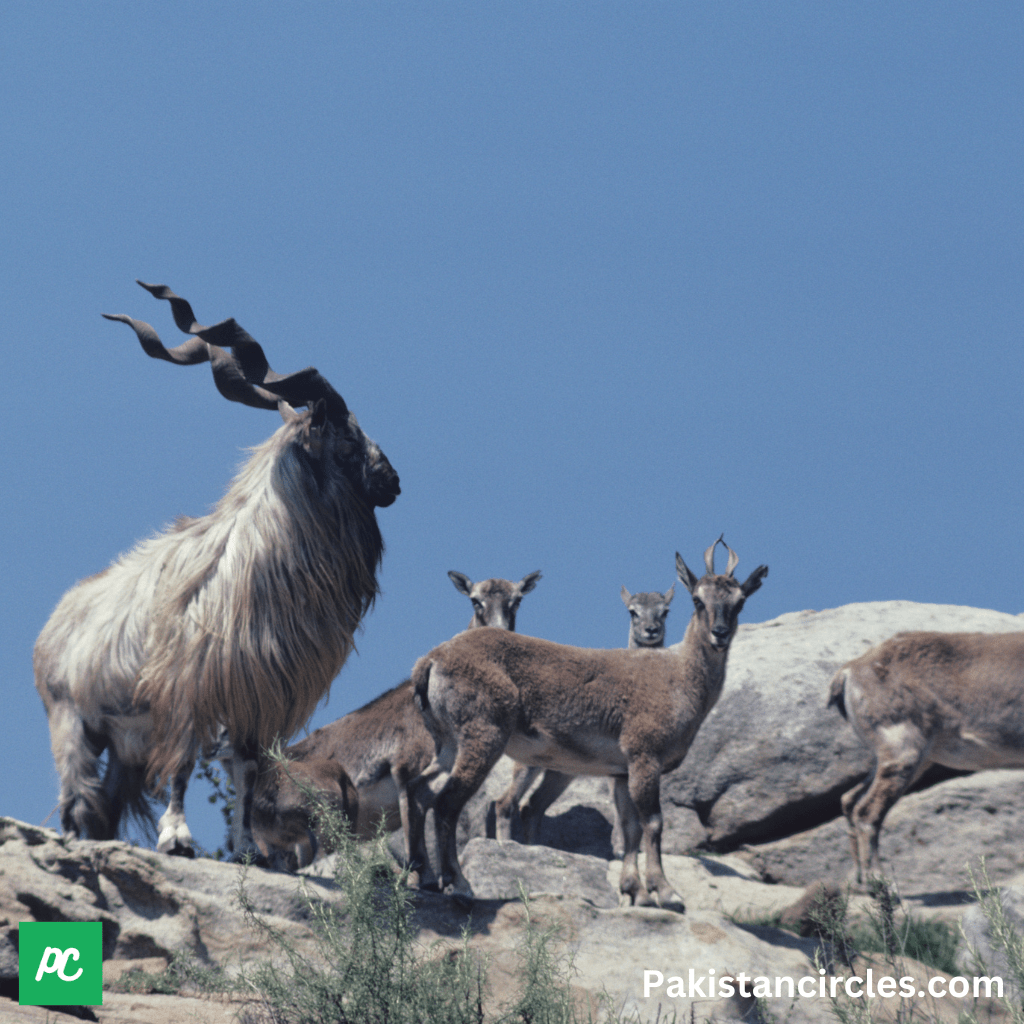
The distribution of Markhor is primarily found in the mountainous regions of Pakistan, including the Himalayas, the Karakoram range, and the Hindu Kush. They are also found in the surrounding countries like Afghanistan, India, and China. However, the exact distribution and population numbers of Markhor can vary depending on factors such as habitat loss, hunting, and conservation efforts. Habitat loss is one of the main threats to the Markhor population. The destruction and fragmentation of its natural habitat due to human activities such as overgrazing, deforestation, and urbanization, has led to a decline in the population and distribution of the Markhor. Conservation efforts such as the creation of protected areas and national parks, such as the Deosai National Park and the Chitral Gol National Park, have been put in place to protect the Markhor’s natural habitat.
Illegal Hunting is also a Major Threat to the Markhor Population
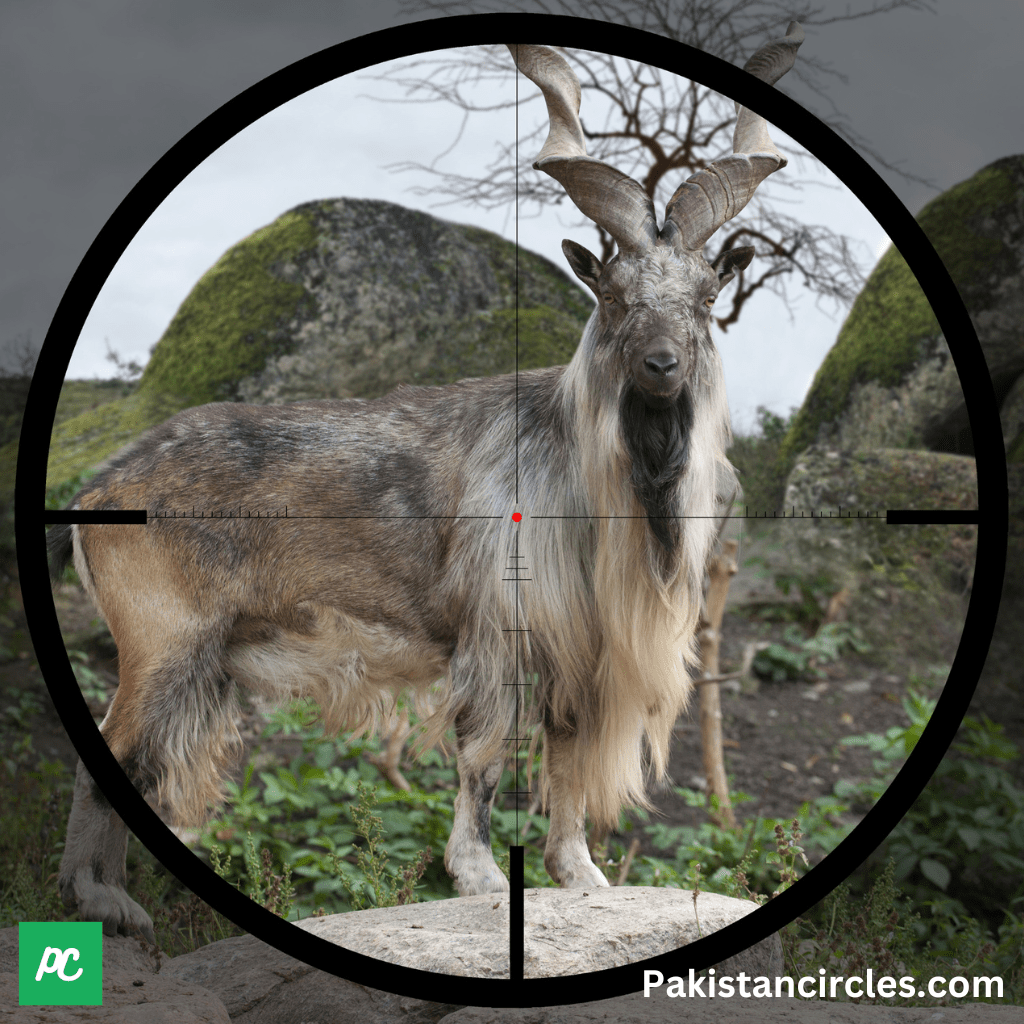
Despite hunting regulations and conservation efforts, illegal hunting for Markhor continues to occur, primarily for its valuable horns and meat. This not only decreases the population size but also disrupts the balance of the ecosystem. To combat illegal hunting, strict enforcement of hunting regulations, patrols in protected areas, and awareness campaigns to educate local communities about the dangers of illegal hunting are being implemented.
Climate Change and Markhor
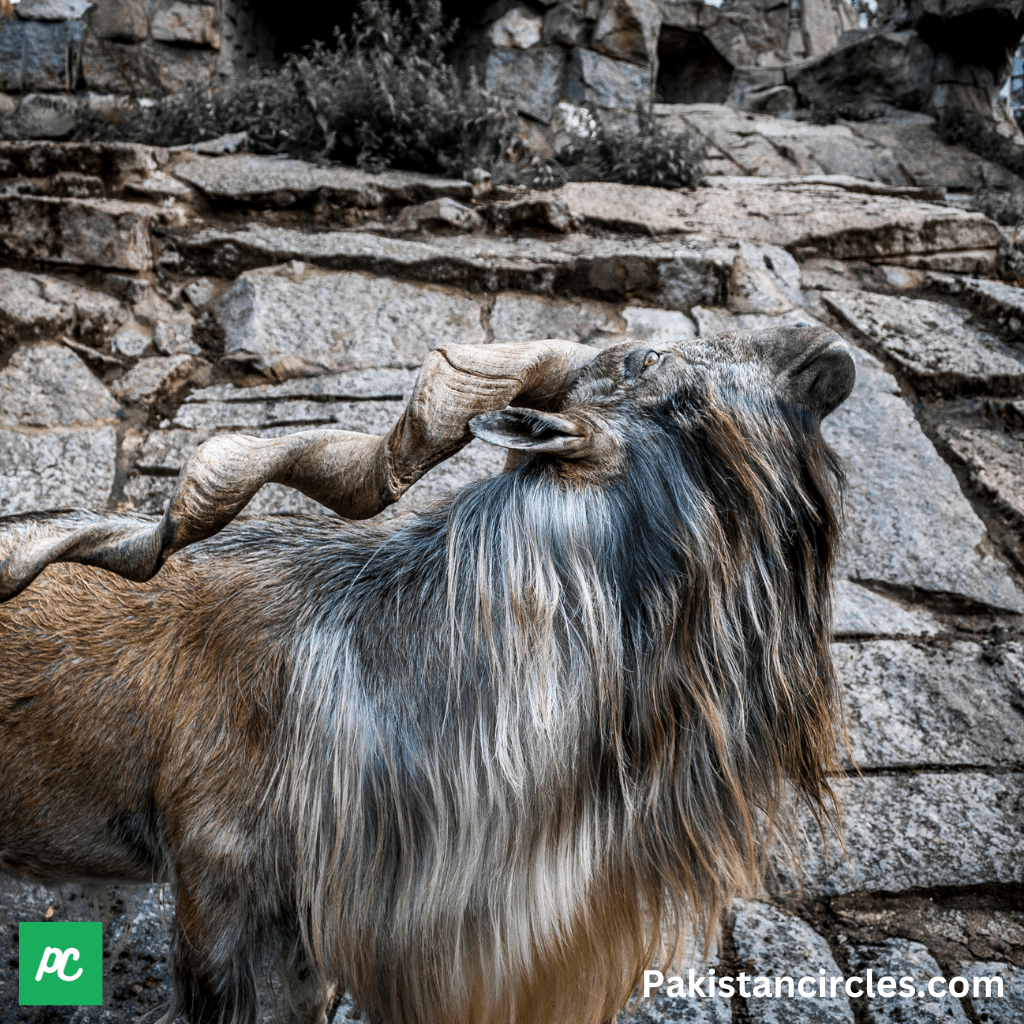
Climate change is also expected to have a negative impact on the Markhor population, with rising temperatures and changing precipitation patterns leading to the loss of its natural habitat, food sources and also making it more vulnerable to disease and other threats. Therefore, it is important to integrate climate change adaptation strategies into the conservation efforts for the Markhor.
Community Involvement is Crucial for the Conservation of the Markhor
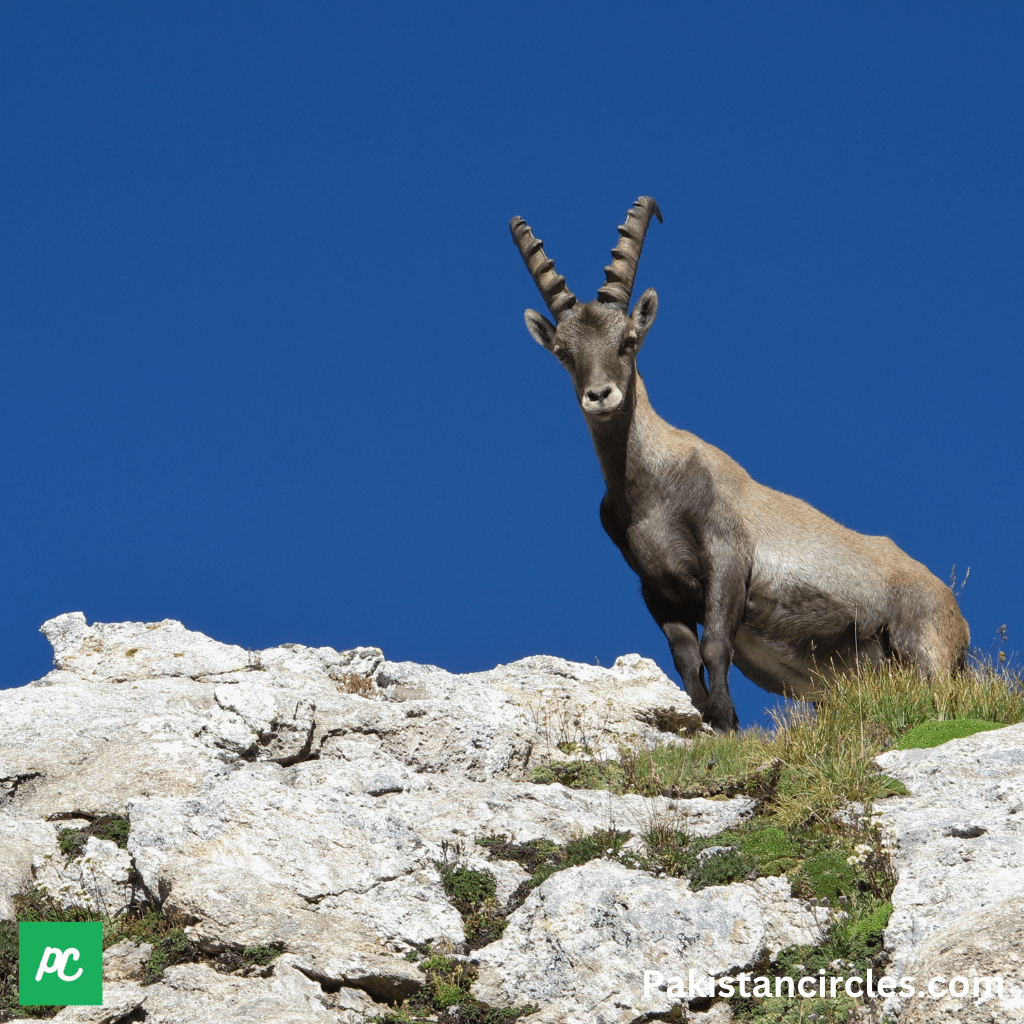
Community involvement is crucial for the conservation of the Markhor. Local communities are being actively involved in the conservation efforts by educating them about the importance of the species and the need to protect it, and providing them with opportunities to participate in conservation efforts, such as monitoring the population and reporting illegal hunting. This not only helps to protect the Markhor but also empowers the local communities and helps to build sustainable livelihoods.
In conclusion, the conservation of the Markhor is a complex and multi-faceted effort that requires the cooperation and involvement of various stakeholders. By addressing the root causes of its decline, involving local communities, promoting sustainable hunting and eco-tourism, implementing breeding and reintroduction programs, and monitoring progress, we can ensure the survival of the Markhor and the preservation of Pakistan’s unique biodiversity and cultural heritage. It’s important to note that the Markhor conservation should be integrated with the overall conservation and development efforts in the region. This includes addressing issues such as poverty, lack of education, and lack of infrastructure which can contribute to the decline of the Markhor population and its habitat.
Impact of Human Activities on the Markhor
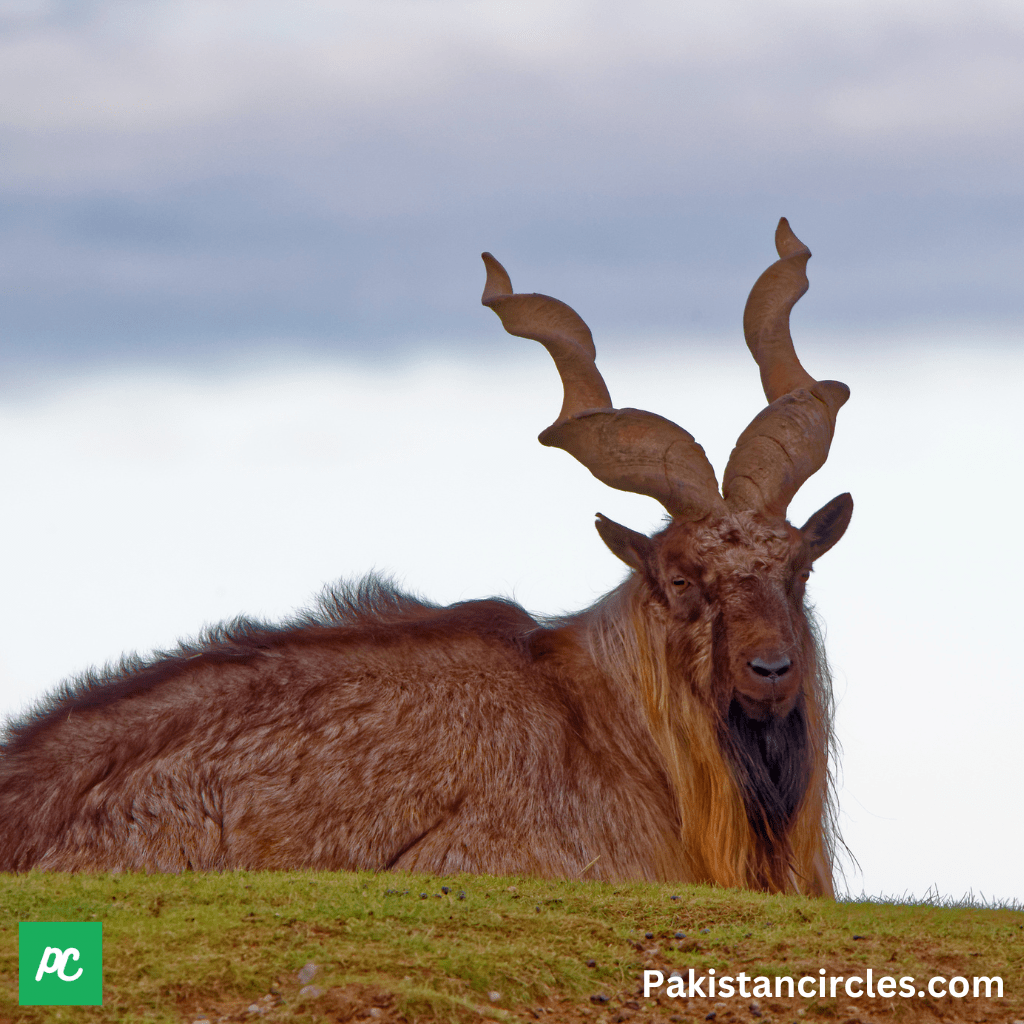
Furthermore, it is also important to acknowledge and address the impact of human activities on the Markhor population and habitat. Human activities such as overgrazing, deforestation, and illegal hunting can have a significant negative impact on the population and habitat of the Markhor. Therefore, it is important to involve and educate local communities and stakeholders on sustainable resource management and conservation practices.
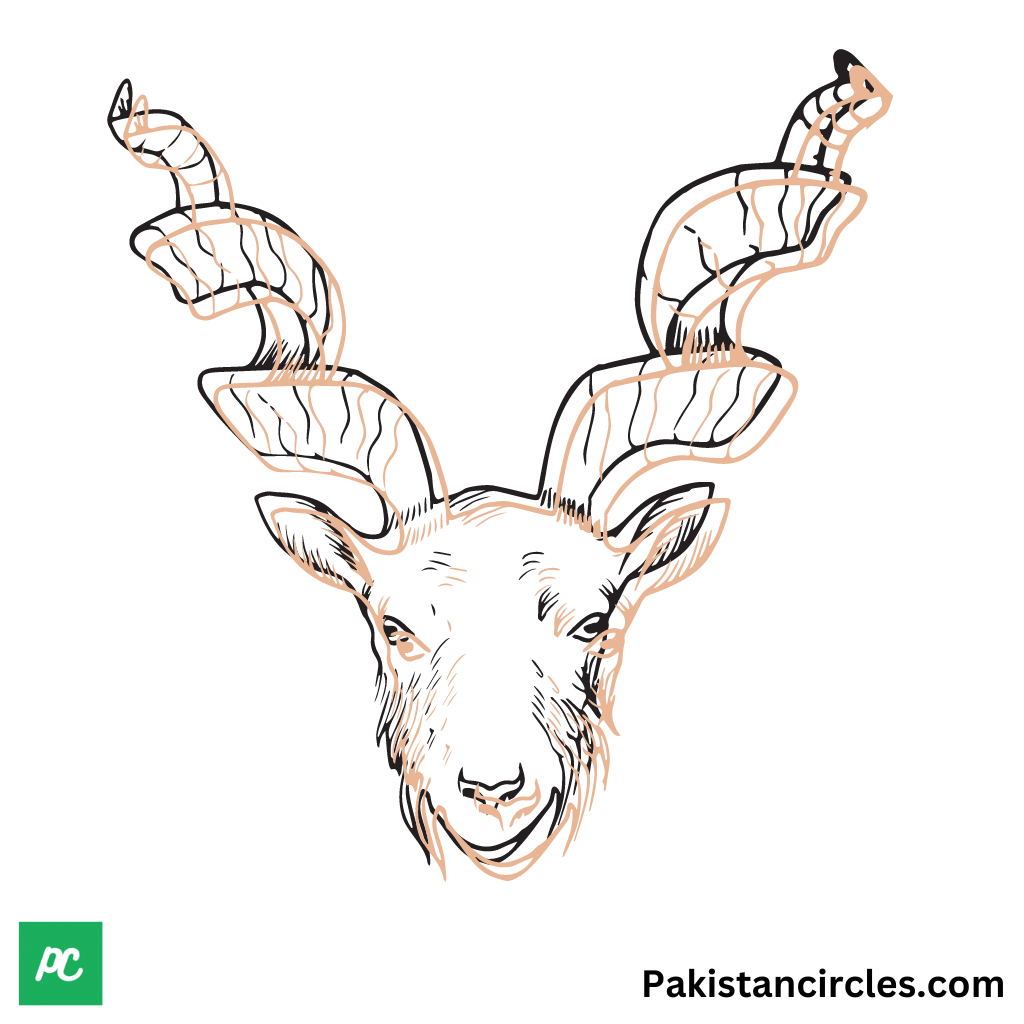
Moreover, it is also crucial to monitor the progress of the conservation efforts and to adapt them as necessary. This includes monitoring the population size and distribution of the Markhor, as well as evaluating the effectiveness of conservation strategies and tactics. This information can then be used to improve conservation efforts and to ensure the long-term survival of the Markhor.

